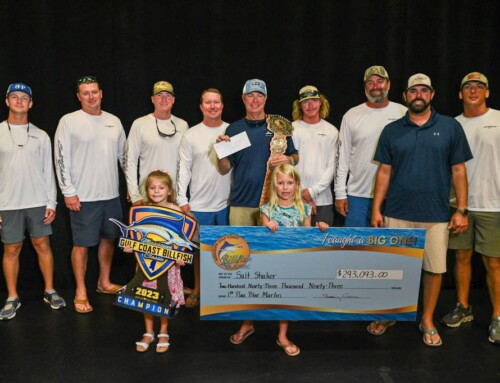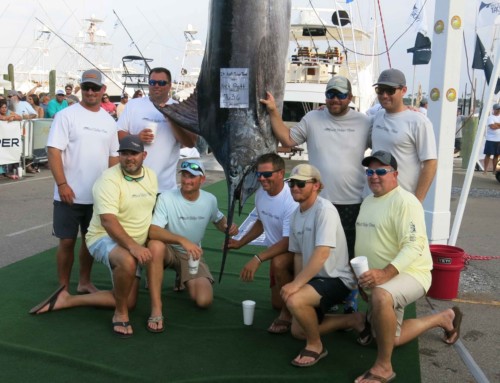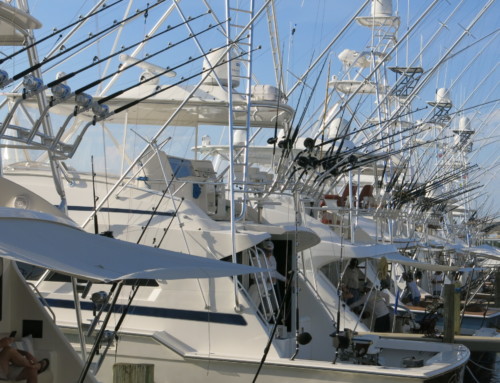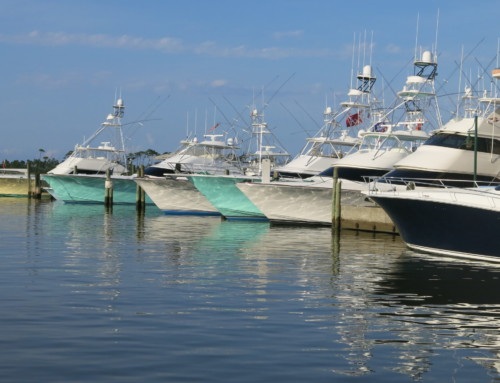By AL JONES – [email protected]
When the word began to spread this week about the 12th and final reopening of the waters in Gulf of Mexico, the end of the Deepwater Horizon oil spill had arrived.
There will be no more water and fishing closures on the Gulf.
The reopened waters included 1,041 square miles surrounding the Deepwater Horizon, which is east of the mouth of the Mississippi River.
That meant all federal waters which were once closed by NOAA after the Deepwater Horizon rig exploded on April 20.
“I am pleased to announce that all federal waters affected by the spill are now open to all fishing,” said Jane Lubchenco of NOAA.
“I thank fishermen and the public for their patience and FDA for its support and cooperation throughout this process while we worked diligently to ensure the integrity of Gulf seafood.”
Locally, the word was good news for the Mississippi Gulf Coast Billfish Classic that’s held annually at the Isle Casino in Biloxi.
The Classic, which draws boats areas like the Bahamas and Mexico as well as the United States, is set for June 8-12.
Last year’s classic was cancelled since the oil spill occurred in an area off the mouth of the river where the majority of the boats concentrate on while fishing for blue marlin, tuna, dolphin and wahoo.
The inaugural event in 1997 featured a new Mississippi state record for blue marlin. The fish, which weighed 631.8 pounds and caught by Shannon Faulkner of Georgia, was caught in the same area of the oil spill.
In 2002, the current state record of 1,054.6 pounds was caught near the site by Barry Carr of Georgia. That fish remains the largest blue marlin ever caught in tournament action.
The opening was good news to Bobby Carter, one of the founding members of the Billfish Classic.
“It was very disappointing last year,” Carter said. “Not only did we have to cancel the Billfish Classic, but all the Gulf tournaments were cancelled, too.
“From the indications we are getting, the fish are there and we should be a banner year.”
With the Gulf of Mexico now open, Carter said phone calls from boats have already started.
“The opening was very critical,” Carter said. “These are the fishing grounds that the majority of the fish in our tournament are caught. That area is the 1,000 square miles opened (by NOAA) this week and the anglers are looking forward to getting back out there.
“Since the area was reopened, we have already gotten a lot of phone calls. Before it was reopened, we had calls from anglers wanting to know if they were going to be able to fish.”
One group making plans to be in Biloxi in June is Team Galati.
“They called and will be here,” Carter said. “Everything call we are getting are positive. This is going to be our first event since Hurricane Katrina where all the boats have to leave Biloxi.
‘‘Before this, boats were allowed to leave from any port (due to lack of docking space). Now, they all have to come to Biloxi. Our biggest concern was if the water was going to be open. Now, the Gulf is open for business and we excited.”
The total area reopened today is about 0.4 percent of federal waters in the Gulf of Mexico and 100 percent of the formerly closed area, as last modified on Feb. 2.
No oil or sheen has been documented in the area since Aug. 4. At its peak, the closed area was 88,522 square miles, or 37 percent of Federal waters in the Gulf of Mexico.





